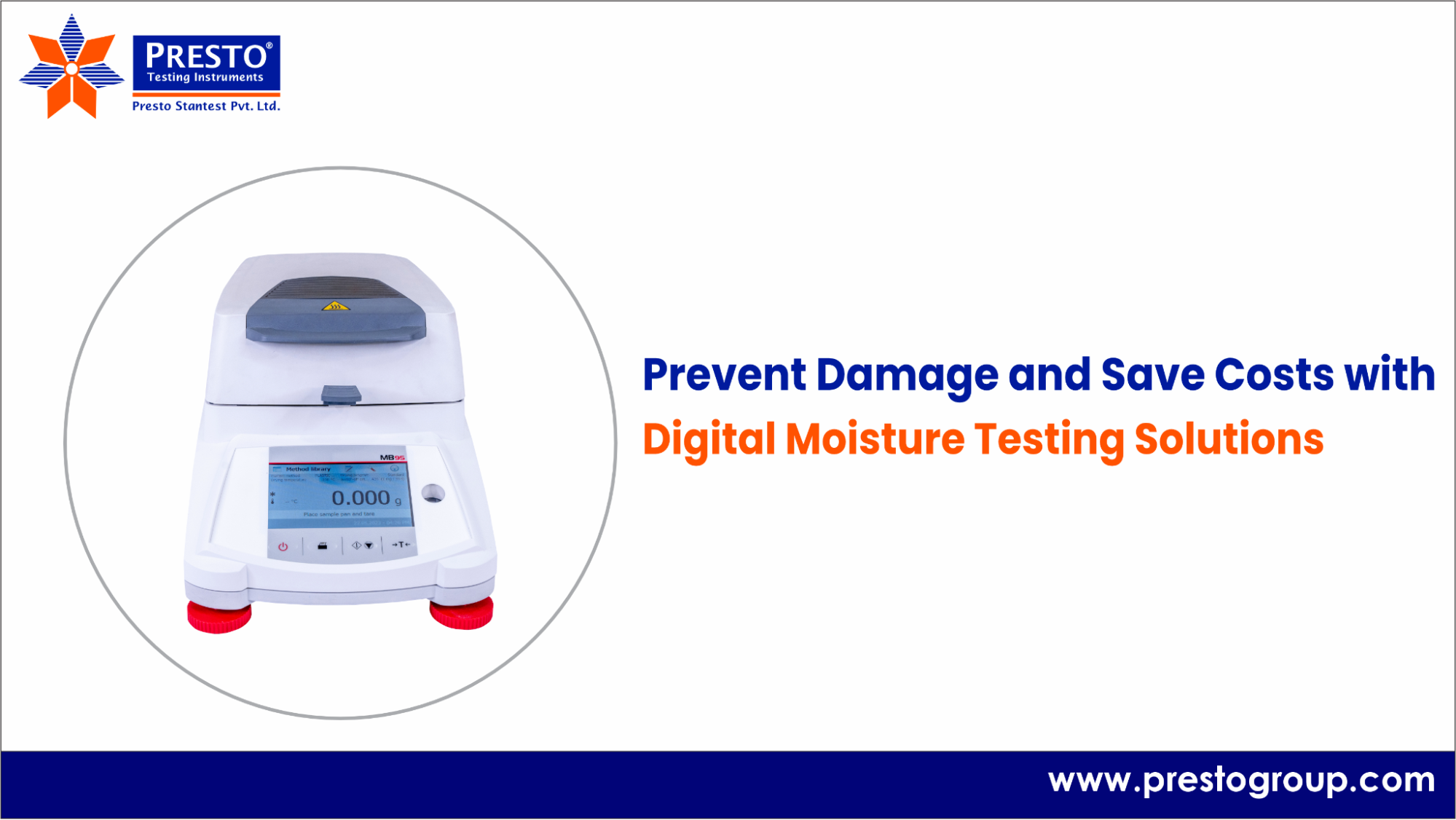

In today's demanding world, where vehicles drive over rough roads and appliances run day and night, the ability of daily products to survive and remain safe is expected. A necessary process at the heart of that guarantee is vibration testing. Vibration testing is a necessary and serious engineering practice to prevent disastrous failures, warranty costs, and ultimately, to protect consumers in a wide range of applications.
Vibration testing is a controlled laboratory process in which a component or product is subjected to specified vibration forces that may simulate the load conditions that it will experience during it life cycle (including manufacture, transport and use). Vibration can be induced by everything from a small hum from a refrigerator to the extreme shock loads experienced on an airplane component.
The core of this testing is to find structural weaknesses, determine a product's limits, and verify its overall robustness before it gets to the market. It is basically a form of accelerated aging to expose any flaw much faster than would have been displayed through natural use. It utilizes highly sophisticated equipment to simulate the uncertainties of real-world stress-that is why vibration test is required.
The heart of the operation is the machine that performs the vibration with a name of a shaker.
Vibration testing systems or shakers: These are usually electro-dynamic/servo-hydraulic devices that create a controlled motion. Generally, these electro-dynamic/servo-hydraulic instruments produce a controlled motion. Therefore, these electro-dynamic/servo-hydraulic instruments offer a variety of possible vibration profiles, from simple sine waves to complex random vibration that simulates a vehicle driving over a rough roadway.
Vibration Table Testing Equipment: This is the table where the component/product is anchored down. The vibration table testing equipment is coupled directly to the shaker, allowing vibrational energy to be transferred via the vibration table testing equipment, providing this specific vibrational testing function.
Vibration Checkers & Analysers: Each specimen and table are outfitted with precise sensors (accelerometers), a necessary part of a vibration checker or analyser that records information about a product in real time on acceleration, displacement, and velocity. These recordings aid in the engineers' knowledge of a product's natural frequencies as well as identify potential points of failure.
The vibration test procedure is a multi-step and painstaking process that aims to attain very accurate and reproducible results.
1. Defining the Test Profile
First, the engineers define the specific vibration profile. This is based on real-world data collected from the intended environment of the product. For instance, a car part mounted near the engine will require a higher-frequency and higher-amplitude test compared to an electronic component inside the dashboard.
2. Design and Mounting of Fixture
The test specimen must be mounted securely to the vibration table testing apparatus by a rigid fixture. If the fixture is poor, the vibration may be damped, or new, unwanted resonances may be added, thereby invalidating the results.
3. Execution of the Test
This profile is then run on the vibration testing machine. Typical test types include:
Sine Sweep: This will show the product's natural resonant frequencies, where even small vibrations could be magnified enough to cause failure.
Random Vibration: This is the more realistic of the simulations as it is able to simulate a wide variety of frequencies on the product all at once, and it happens to best replicate real-world input conditions like road noise or turbulence in flight.
During the test, the vibration checker will continuously log data. The engineers look for failure signs like cracking, shifting components, or operational malfunction. If a critical failure occurs, the data helps the engineers understand when and why it happened in order to make informed design modifications.
The issue of why vibration test is required boils down to both safety and economics. Vehicle Safety Precautions Every module in the automotive world, from ECU to ABS sensors, has to endure one or another vibration test. A failure in a safety-critical part, induced by road vibrations, would be disastrous. Vibration testing systems ensure that these parts will function reliably over the expected lifespan and directly protect passengers. Making Appliances Last For consumer appliances, vibration testing maintains their life span. Just consider how an automatic washer or dishwasher would fail prematurely with continuous operational vibration. With the vibration test machine, manufacturers detect and eliminate weak spots in the design to make sure their products can withstand a long, gruelling daily performance, increasing customer satisfaction and curtailing costly warranty claims. Electronics Protection and Components From shock simulation of smartphones dropped on a hard surface to circuit boards inside industrial machinery, electronic components are expected to maintain structural integrity.
Protect your vehicles, appliances, and components from damage caused by vibrations. Get the most accurate and durable Vibration Tester for your testing lab today.
Call Now: +91 9210 903 903
Email: info@prestogroup.com
Know the best Vibration Tester price and get a customized quote from our experts at Presto Group — India’s leading manufacturer of testing instruments.
Related Blogs

Protect your property and reduce costs with accurate digital moisture testing solutions.

Explore ASTM B117 and ISO 9227 Salt Spray Testing procedures to ensure precise corrosion resistance evaluation and surface coating performance.

An autoclave is a device that sterilizes equipment using high-pressure saturated steam, ensuring complete elimination of microbes.